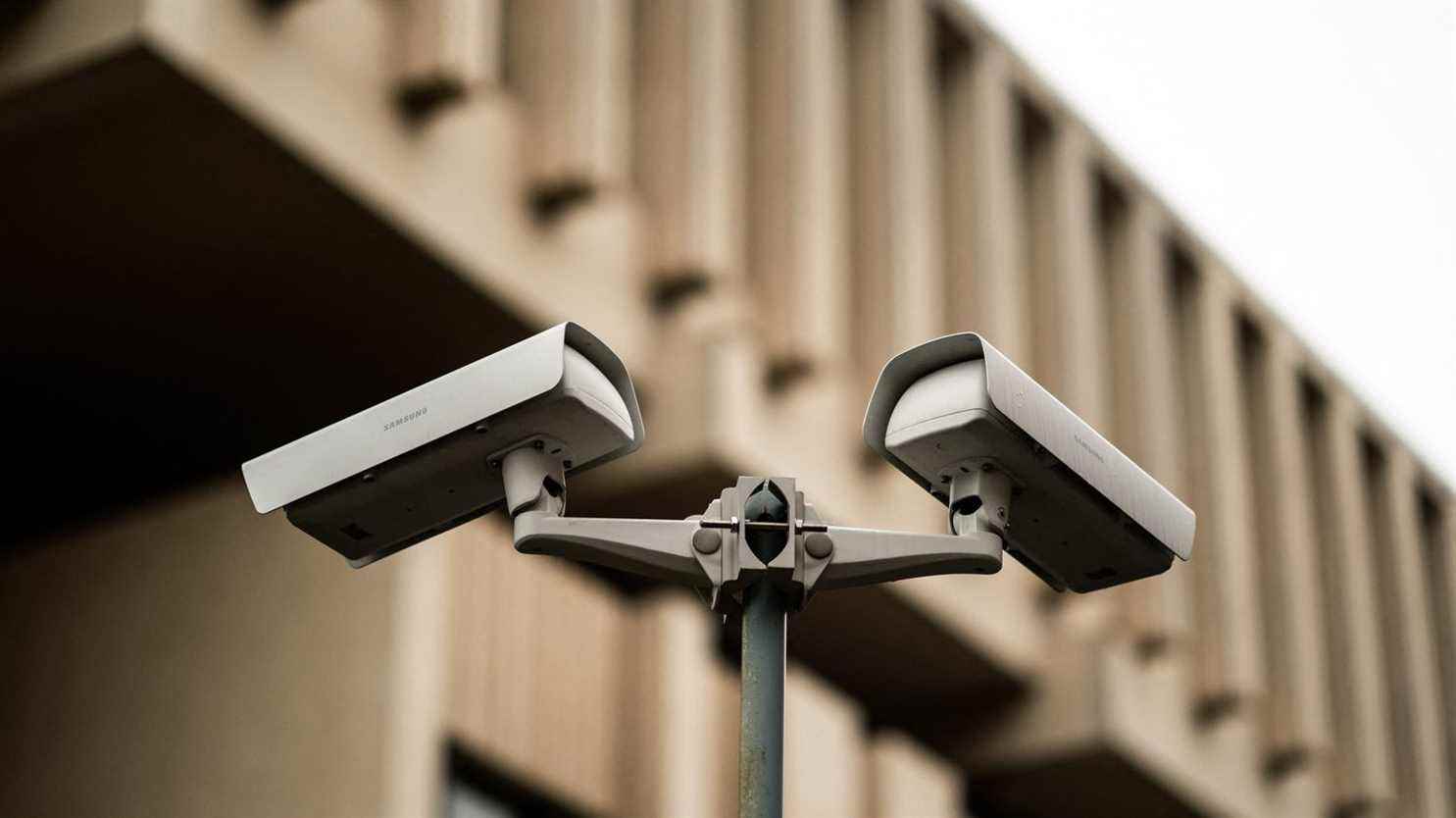The case of this municipality is not isolated, because “the problems noted are identical in most of the municipalities which have recourse to pedestrian cameras, whatever their size”.
Article written by
Posted
Reading time : 1 min.
The National Commission for Informatics and Freedoms (Cnil) has summoned a French municipality to put in order the pedestrian cameras of its municipal police force and its video protection device, not in accordance with the legislation in force, she reported Thursday. December 23. The name of the city has not been made public, but it is a “small town”, specified the institution guardian of the private life of the French. Among the shortcomings identified, the CNIL noted “the presence in the pedestrian camera of video files dating back more than 6 months”, the shelf life of images. She found that “some data embedded in the images of the camera-pedestrian” such as the timestamp and the identifier of the agent carrying the camera “were inaccurate”. Furthermore, “the password to access the camera software” is “not strong enough” and “no measure” does not allow “to ensure the traceability of access to images”, points out the CNIL.
Regarding fixed video surveillance cameras, the CNIL observed that they could allow “interior visualization of buildings”, which is not allowed. The retention period of the images is also not compliant and the public information boards on the video surveillance do not contain all the necessary information. The municipality has four months to resolve the problems raised by the Cnil. If it does not comply within this period, the restricted formation of the CNIL will be seized for a possible sanction.
The case of this small town is not isolated, because “the problems noted are identical in most of the municipalities which use pedestrian cameras, whatever their size”, a spokesperson for the CNIL told AFP. For several years, the authority has been calling for a democratic debate on video surveillance, the possibilities of which are now multiplied by artificial intelligence and mass processing of data.
